Description
The Plant
The Patagonian cypress is a plant extremely sought after by collectors. FITZROYA cupressoides has foliage with a bluish reflection and very dense hanging branches. Its magnificent graphics give it an elegant and majestic appearance.
To get the most intense blue, plant it in full sun. This very rare conifer grows quite slowly.
FITZROYA only includes one species. In its natural habitat, exist specimens reaching 3,000 years old with a height of 40 to 60 m, and sometimes even 70 m. However, in Europe, this species develops much more timidly than in its native lands. On our continent, we can instead hope for a height of 1.50 m to 2 m after ten years.
It goes without saying that it is also a perfect plant for bonsai.
To see our other rare or unusual, plants for collectors currently available for sale, please click here.
How to plant and care for FITZROYA cupressoides?
The planting
- Find a place in full sun for this extraordinary conifer. This is essential to obtain the most intense bluish reflection.
- Choose a humid, moderately humid or dry location in a bedding or isolated.
- The soil should be light or normal with an acidic, neutral or calcareous pH.
- Make sure that the plant is protected from cold winds, since it resists down to -10°C or even -15°C when it has formed a sufficiently large trunk.
- For a good preparation of the pot or ground, we have designed specific instructions available here.
The caring
When the plant is still young and during particularly cold periods, protect it with a winter cover and mulch at the base.
Optionally, prune this conifer in March before new growth (if necessary).
Furthermore, discover here how to water your garden and save water.
History and Origin of FITZROYA cupressoides
FITZROYA cupressoides belongs to the CUPRESSACEAE family. It is the only species of its genus.
Unfortunately, the Patagonian cypress is threatened, even endangered, in its natural habitat.
This species was found at the Monte Verde site, leading to the inference that it has been used for at least 13,000 years. The Huiliches people of Chile used wood to make tools and weapons.
During the Spanish conquest in 1567 of the Chiloé Archipelago, the majority of the islands were at that time covered by F. cupressoides. It was then the main means of trade with Peru.
Around 1860, Vicente Pérez Rosales (Chilean diplomat) burned large areas of forest to settle German settlers and provide them with arable land.
A 1976 law now prohibits logging (except for trees that are already dead). However, illegal logging occasionally takes place.

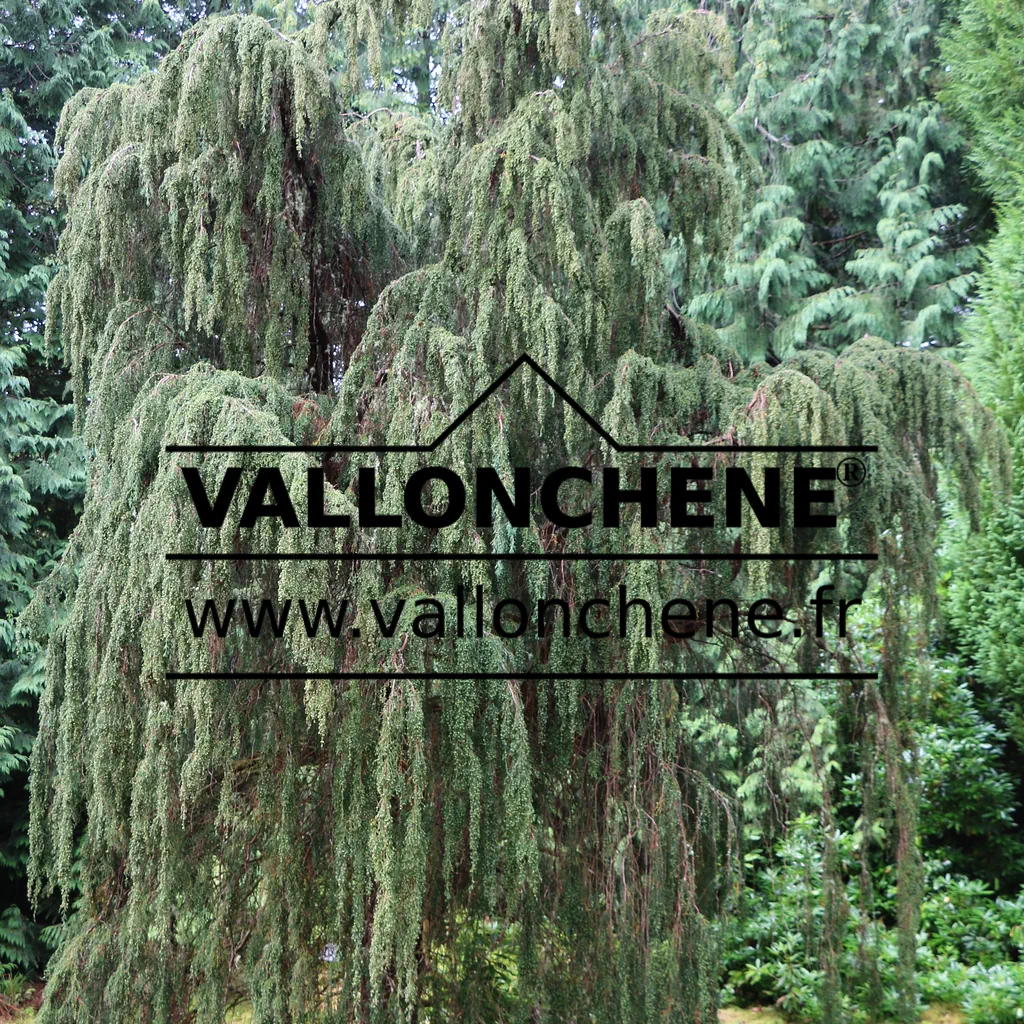
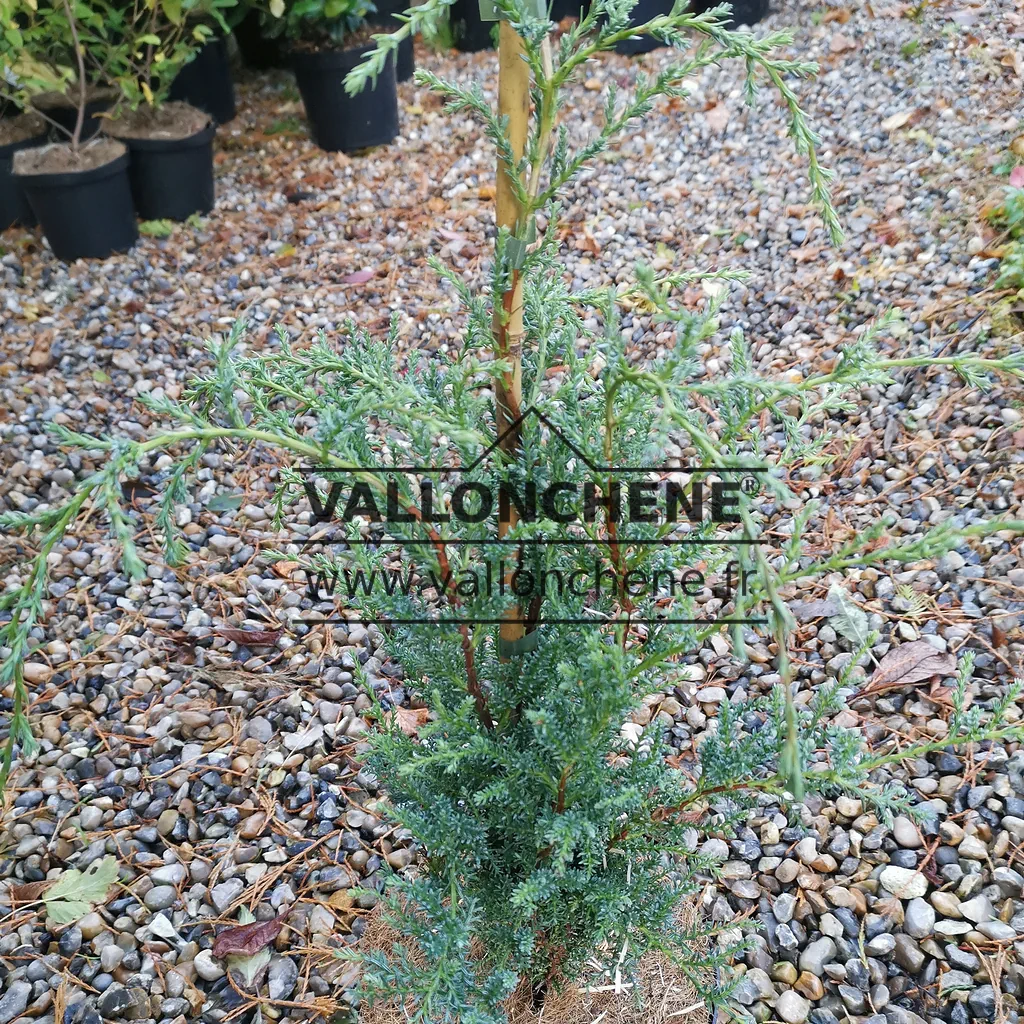
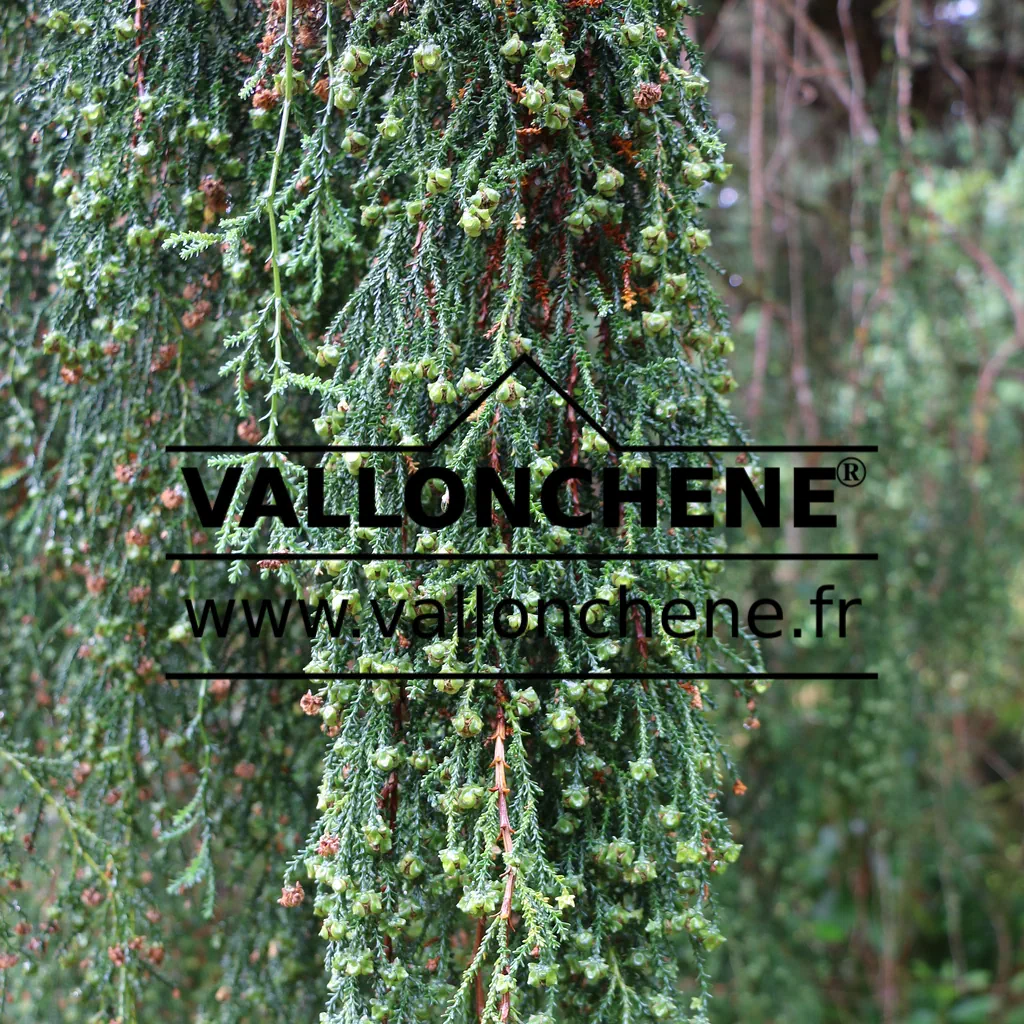
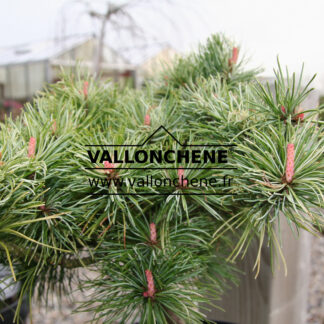

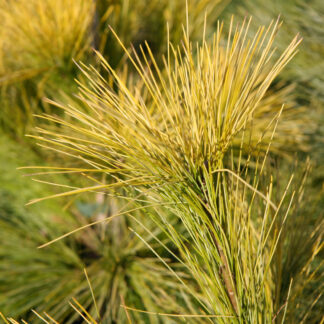

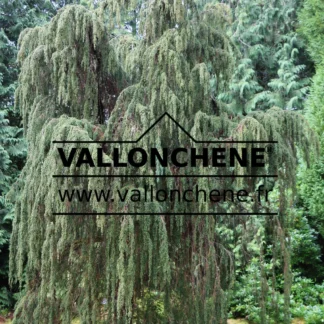
Reviews
There are no reviews yet.